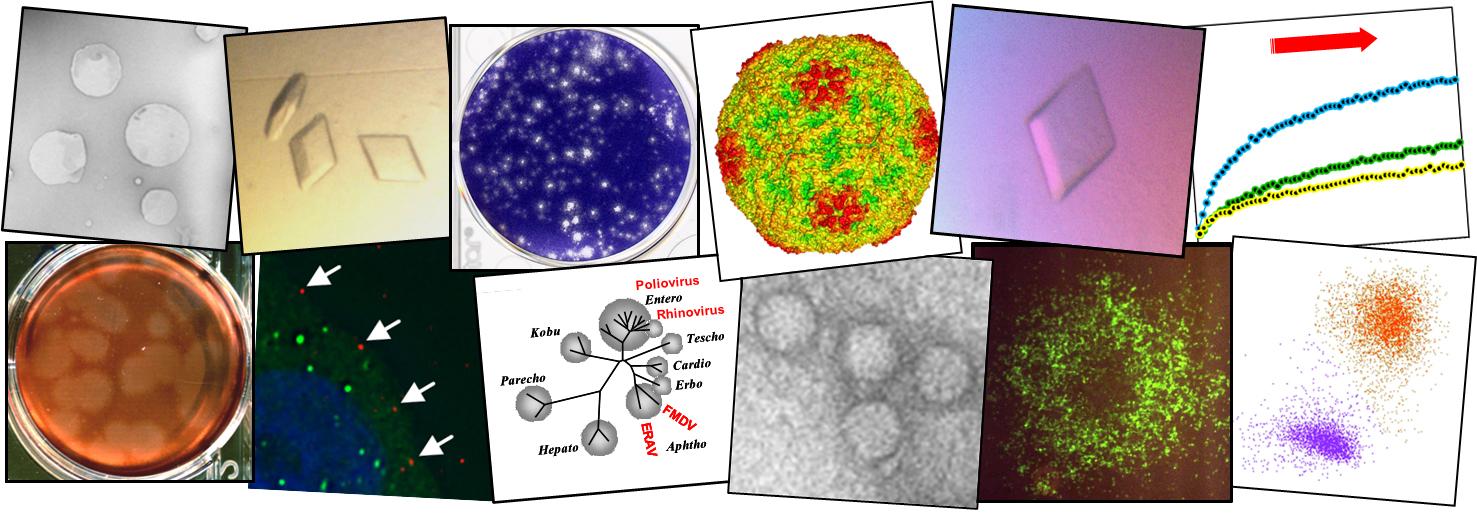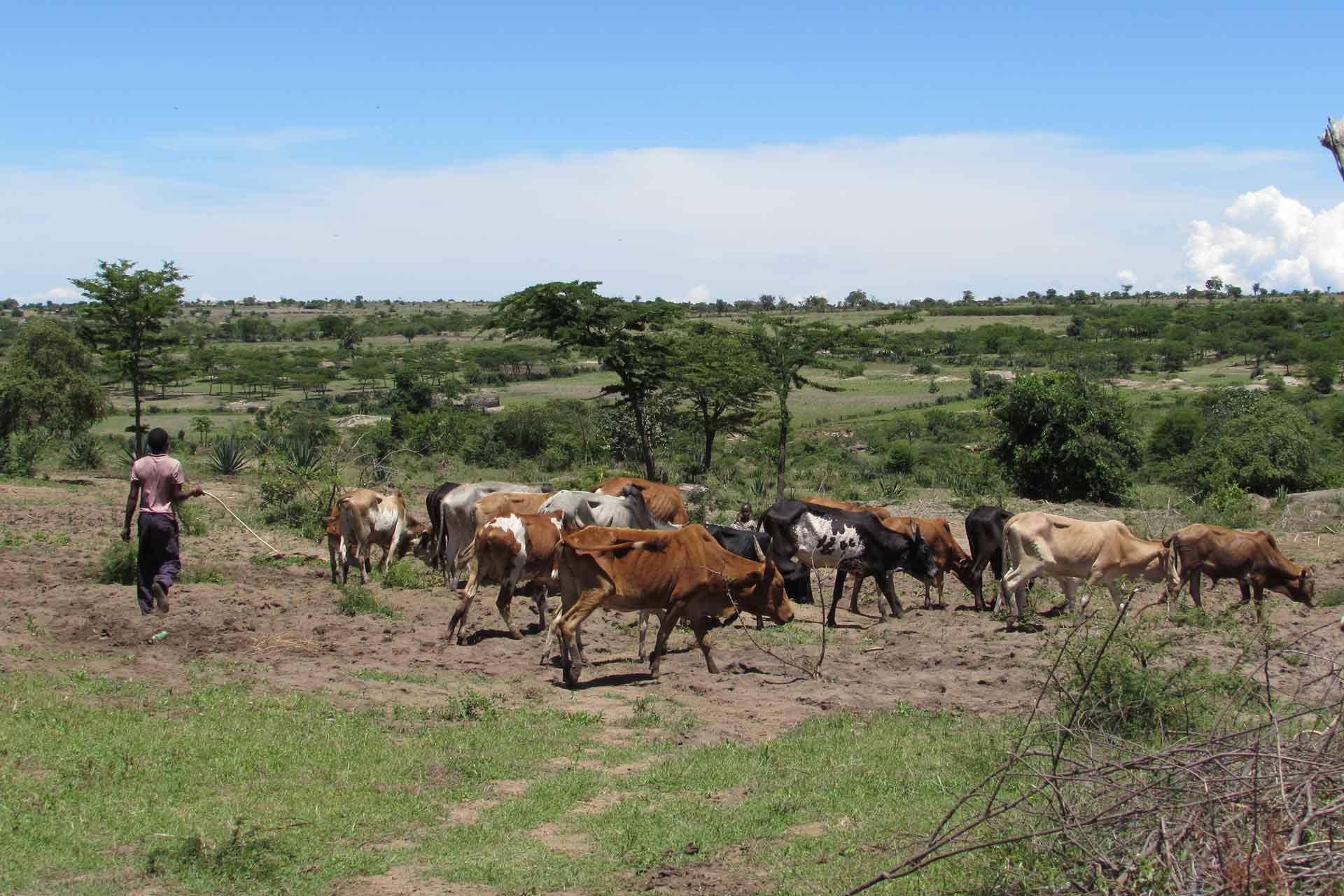Mutagenesis mapping of RNA structures within the foot-and-mouth disease virus genome reveals functional elements localized in the polymerase (3D(pol))-encoding region
RNA structures can form functional elements that play crucial roles in the replication of positive-sense RNA viruses. While RNA structures in the untranslated regions (UTRs) of several picornaviruses have been functionally characterized, the roles of putative RNA structures predicted for protein coding sequences (or open reading frames [ORFs]) remain largely undefined. Here, we have undertaken a bioinformatic analysis of the foot-and-mouth disease virus (FMDV) genome to predict 53 conserved RNA structures within the ORF. Forty-six of these structures were located in the regions encoding the nonstructural proteins (nsps). To investigate whether structures located in the regions encoding the nsps are required for FMDV replication, we used a mutagenesis method, CDLR mapping, where sequential coding segments were shuffled to minimize RNA secondary structures while preserving protein coding, native dinucleotide frequencies, and codon usage. To examine the impact of these changes on replicative fitness, mutated sequences were inserted into an FMDV subgenomic replicon. We found that three of the RNA structures, all at the 3' termini of the FMDV ORF, were critical for replicon replication. In contrast, disruption of the other 43 conserved RNA structures that lie within the regions encoding the nsps had no effect on replicon replication, suggesting that these structures are not required for initiating translation or replication of viral RNA. Conserved RNA structures that are not essential for virus replication could provide ideal targets for the rational attenuation of a wide range of FMDV strains.
IMPORTANCE Some RNA structures formed by the genomes of RNA viruses are critical for viral replication. Our study shows that of 46 conserved RNA structures located within the regions of the foot-and-mouth disease virus (FMDV) genome that encode the nonstructural proteins, only three are essential for replication of an FMDV subgenomic replicon. Replicon replication is dependent on RNA translation and synthesis; thus, our results suggest that the three RNA structures are critical for either initiation of viral RNA translation and/or viral RNA synthesis. Although further studies are required to identify whether the remaining 43 RNA structures have other roles in virus replication, they may provide targets for the rational large-scale attenuation of a wide range of FMDV strains. FMDV causes a highly contagious disease, posing a constant threat to global livestock industries. Such weakened FMDV strains could be investigated as live-attenuated vaccines or could enhance biosecurity of conventional inactivated vaccine production.


